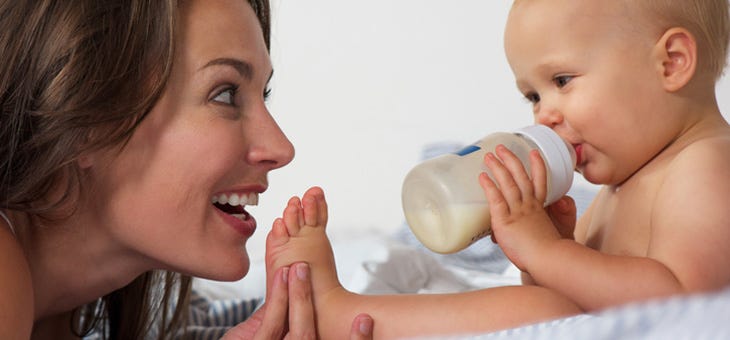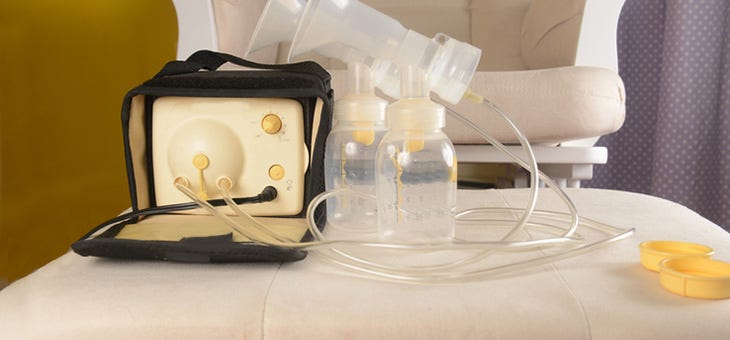What is Jaundice?
Newborn Jaundice can happen as early as 2 days after birth. Symptoms normally occur with yellowing of the skin or whites of the eyes. Changes in skin coloration usually begin to appear on the newborn’s face, and will slowly move down to chest, arms, and legs if left untreated. If you suspect Jaundice, you should have your doctor perform a blood test to check your baby's bilirubin levels. An elevated bilirubin level in a baby’s blood is another indicator of Jaundice.
Physiologic Jaundice is noted by bilirubin levels. Physiologic Jaundice affects up to 60% of full-term babies and 8-% of pre-term babies in their first week after birth. Once the baby starts to grow, the red blood cell count diminishes. This happens 1-2 weeks after birth—causing no lasting effects to the infant.
Breastfeeding Jaundice
>Breastfeeding Jaundice is unrelated to Breast Milk Jaundice. Insufficient intake of milk during feedings causes Breastfeeding Jaundice. Studies show plentiful amounts of breast milk increase baby’s bowel movements, which secretes the buildup of bilirubin found in the bloodstream. This is triggered when a newborn is not getting a good start with breastfeeding, lacks the ability to latch properly or has an introduction to milk substitutes that interfere with breastfeeding. Symptoms can be eliminated through increased feedings to ensure baby is getting enough milk.
Jaundice Treatment
Most pediatricians will run a blood test on a newborn within the first day or two after the birth. If bilirubin levels are below 20 mg, feeding 8-12 times a day is recommended. Increasing milk supply will stimulate bowel movements that help flush the body of bilirubin. Working with a lactation consultant to perfect latching techniques has been shown to help with jaundice treatment.
Phototherapy
Most cases of jaundice don't require treatment. As a precaution, the pediatrician might prescribe phototherapy. Phototherapy could as a biliblanket or bili lights. They work the same way by emitting a light that breaks down bilirubin molecules so they can be excreted. If a baby is premature or has any other health conditions, you should discuss treatment in even further detail with the infant's pediatrician to ensure the best course of action.
What Not to Do
There are several wrong ways to treat jaundice.These range from supplementing your baby with sugar water to discontinuing breastfeeding. Sugar water can worsen jaundice by interfering with breast milk production. Discontinuing breastfeeding can worsen jaundice as well. Increased and efficient feedings are the best way to decrease jaundice.
Breastfeeding Helps!
Jaundice effects 50-70% of infants. Though not preventable, there are ways to make sure the condition does not become more serious. Establish the breastfeeding relationship as soon as possible after birth and work with a lactation consultant to set up a feeding schedule. These frequent breast milk feedings will deter Jaundice and keep your baby healthy and happy!
Breast pumping allows you and your baby to keep a breastfeeding relationship even if they are suffering from complications of Jaundice. Aeroflow Breastpumps is able to help you build a breastfeeding relationship with your baby by providing quality breast pumps to new moms. Even better, expecting moms can qualify through insurance for a free pump, thanks to the Affordable Care Act. Visit the Qualify Through Insurance link to find out if you qualify for a free breast pump through your insurance. Let us start working on your breast pump needs for you!
Information provided in blogs should not be used as a substitute for medical care or consultation.









